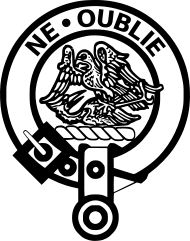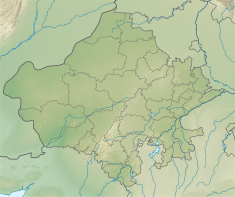할리신
Halicin | |
| 임상자료 | |
|---|---|
| 상명 | 할리신 |
| 법적현황 | |
| 법적현황 |
|
| 식별자 | |
| |
| CAS 번호 | |
| 펍켐 CID | |
| 체비 | |
| 켐벨 | |
| CompTox 대시보드 (EPA) | |
| 화학 및 물리적 데이터 | |
| 공식 | C5H3N5O2S3 |
| 어금질량 | 261.3 g·190−1 |
| 3D 모델(JSmol) | |
| |
| |
할리신(Halicin, SU-3327)은 효소 c-Jun N-terminal kinase(JNK)의 억제제 역할을 하는 화학 화합물이다.[1][2][3]당초 당뇨병 치료를 위해 연구했으나 검사 결과가 좋지 않아 이 적용에 대한 개발이 계속되지 않았다.[4]
그 후 2019년 MIT 자멜 클리닉의 인공지능 연구진에 의해 실리코 딥러닝 접근법을 사용하여 할로윈이 광범위 항생제로 확인되었다.[5][6]이 가능성은 시험관내 세포 배양 테스트에 의해 검증되었고, 마우스에서 생체내 테스트가 이어졌다.[7]그것은 박테리아 세포 내부의 철분 분리 작용과 관련된 특이한 작용 메커니즘을 가지고 클로스트리디오드 디피실레, 아시네토박터 바우만니이, 마이코박테리움 결핵의 약물 내성 변종에 대한 활동을 보여줌으로써 세포막을 가로질러 pH 균형을 적절히 조절하는 능력을 방해했다.이것은 대부분의 항생제와는 다른 형태의 작용이기 때문에, 할로윈은 일반적으로 사용되는 많은 약물에 저항하는 박테리아 변종에 대한 활동을 유지했다.[8]
예비 연구들은 할리신이 세포막 전체에 전기화학적 경사를 유지하는 능력을 방해하여 박테리아를 죽인다고 제안한다.이 경사는 다른 기능 중에서도 세포가 에너지를 저장하기 위해 사용하는 분자(ATP)를 생산하기 위해 필요하므로 경사가 무너지면 세포가 죽는다.이런 종류의 살상 메커니즘은 박테리아가 내성을 갖기 어려울 수 있다.[6]
참조
- ^ Augustine C, Cepinskas G, Fraser DD (August 2014). "Traumatic injury elicits JNK-mediated human astrocyte retraction in vitro". Neuroscience. 274: 1–10. doi:10.1016/j.neuroscience.2014.05.009. PMID 24838066. S2CID 9498486.
- ^ Jang S, Javadov S (2014). "Inhibition of JNK aggravates the recovery of rat hearts after global ischemia: the role of mitochondrial JNK". PLOS ONE. 9 (11): e113526. Bibcode:2014PLoSO...9k3526J. doi:10.1371/journal.pone.0113526. PMC 4244102. PMID 25423094.
- ^ Jang S, Yu LR, Abdelmegeed MA, Gao Y, Banerjee A, Song BJ (December 2015). "Critical role of c-jun N-terminal protein kinase in promoting mitochondrial dysfunction and acute liver injury". Redox Biology. 6: 552–564. doi:10.1016/j.redox.2015.09.040. PMC 4625008. PMID 26491845.
- ^ De SK, Stebbins JL, Chen LH, Riel-Mehan M, Machleidt T, Dahl R, et al. (April 2009). "Design, synthesis, and structure-activity relationship of substrate competitive, selective, and in vivo active triazole and thiadiazole inhibitors of the c-Jun N-terminal kinase". Journal of Medicinal Chemistry. 52 (7): 1943–52. doi:10.1021/jm801503n. PMC 2667321. PMID 19271755.
- ^ "Artificial Intelligence Yields New Antibiotic". The MIT Campaign for a Better World. Retrieved 2020-11-13.
- ^ a b Trafton A (February 20, 2020). "Artificial intelligence yields new antibiotic". MIT News Office.
- ^ Sample I (February 20, 2020). "Powerful antibiotic discovered using machine learning for first time". The Guardian.
- ^ Stokes JM, Yang K, Swanson K, Jin W, Cubillos-Ruiz A, Donghia NM, et al. (February 2020). "A Deep Learning Approach to Antibiotic Discovery". Cell. 180 (4): 688–702.e13. doi:10.1016/j.cell.2020.01.021. PMC 8349178. PMID 32084340.


